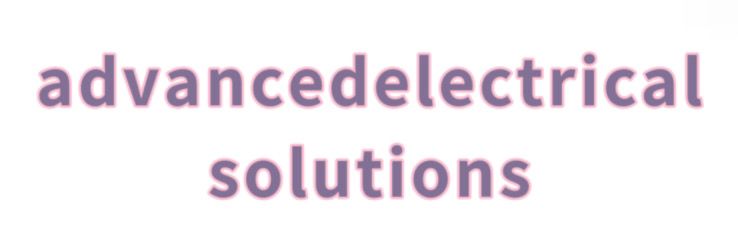Essential Guide to Low Pressure Propane Regulators
What is a Low Pressure Propane Regulator?
Low pressure propane regulators are essential devices designed to control and maintain the pressure of propane gas in various applications, such as heating systems, grills, and recreational vehicles. They ensure that the propane delivered to appliances operates safely and efficiently by reducing high-pressure gas from the propane tank down to a usable low pressure, typically between 5 and 11 inches of water column.How They Work
The main function of a low pressure propane regulator is to convert high-pressure gas from the propane source into a consistent lower pressure suitable for use in appliances. As liquid propane leaves the tank, it vaporizes and expands. The regulator controls this process, allowing gas to flow at a stable rate and pressure, preventing fluctuations that could lead to appliance malfunctions or safety hazards.Low pressure regulators typically feature a diaphragm that responds to changes in pressure. As gas flows through, the diaphragm moves to adjust the size of the opening, ensuring a constant output pressure. This self-regulating mechanism keeps appliance performance optimal.Types of Low Pressure Propane Regulators
There are several types of low-pressure propane regulators to suit various applications. 1. **Single-Stage Regulators**: These are straightforward devices that reduce gas pressure in a single step. They are commonly used for small appliances such as portable grills and heaters. 2. **Two-Stage Regulators**: These are more complex systems that first lower the pressure to an intermediate level before reducing it to a usable level. They are ideal for larger systems like home heating, as they provide better regulation and can handle larger flow rates.3. **Adjustable Regulators**: Some regulators allow users to adjust the output pressure manually, making them versatile for different appliances and situations. 4. **Automatic Changeover Regulators**: These regulators can switch between two propane tanks automatically, ensuring an uninterrupted gas supply, which is particularly useful in commercial settings or during extended use.Choosing the Right Low Pressure Propane Regulator
Selecting the appropriate low pressure propane regulator involves considering various factors. First and foremost, assess the appliance’s specifications, including its required pressure and BTU (British Thermal Unit) ratings. This information will guide you in selecting a regulator that matches your needs.Next, consider the type of regulator based on your setup. For instance, if you have multiple appliances or a large system, a two-stage regulator may be more suitable. Conversely, single-stage regulators might be sufficient for smaller, standalone appliances.Additionally, ensure that the regulator is compatible with local codes and regulations. It’s essential to choose certified devices that meet safety standards. Furthermore, pay attention to installation requirements, as some models may require professional installation to adhere to safety protocols.Maintenance and Safety Tips
Maintaining your low pressure propane regulator is crucial for ensuring safety and efficiency. Regularly check for leaks around connections and fittings using a soap and water solution. If you observe bubbles forming, it indicates a leak that needs immediate attention.Keep the regulator free from debris and protect it from environmental factors, such as moisture and freezing conditions. Scheduling a professional inspection at least once a year can help identify any potential issues before they escalate.In case of unusual odors or appliance performance issues, turn off the gas supply and seek professional assistance promptly.Conclusion
Understanding low pressure propane regulators is vital for anyone working with propane systems. By knowing what options are available and selecting the right device for your specific needs, you can ensure safe and efficient operations. If you have further questions or need assistance, please don’t hesitate to contact us.Contact us to discuss your requirements of Low Pressure Propane Tank Regulator with Hose, Different Types of Lpg Regulators, Aluminum Gas Valve Factory. Our experienced sales team can help you identify the options that best suit your needs.
Additional reading:Top Low Pressure Propane Tank Regulators with Hose 2024
10 Questions You Should Know about Ultrasonic Testing Equipment Costs
Understanding DFT Measurement Instruments: A Comprehensive Guide
How Freq Analyzer Can Transform Our Learning?
How Bluetooth Current Sensors Improve Energy Monitoring?
How Does a Frequency Counter Work?
Straight Probe: Revolutionizing Precision Measurements in TechAdditional reading:
How to Choose the Right Industrial Frequency Counter?
Advantages and Applications of Longpass Filters
How Can Ultrasonic Testing Improve Your Quality Assurance Processes?

Comments